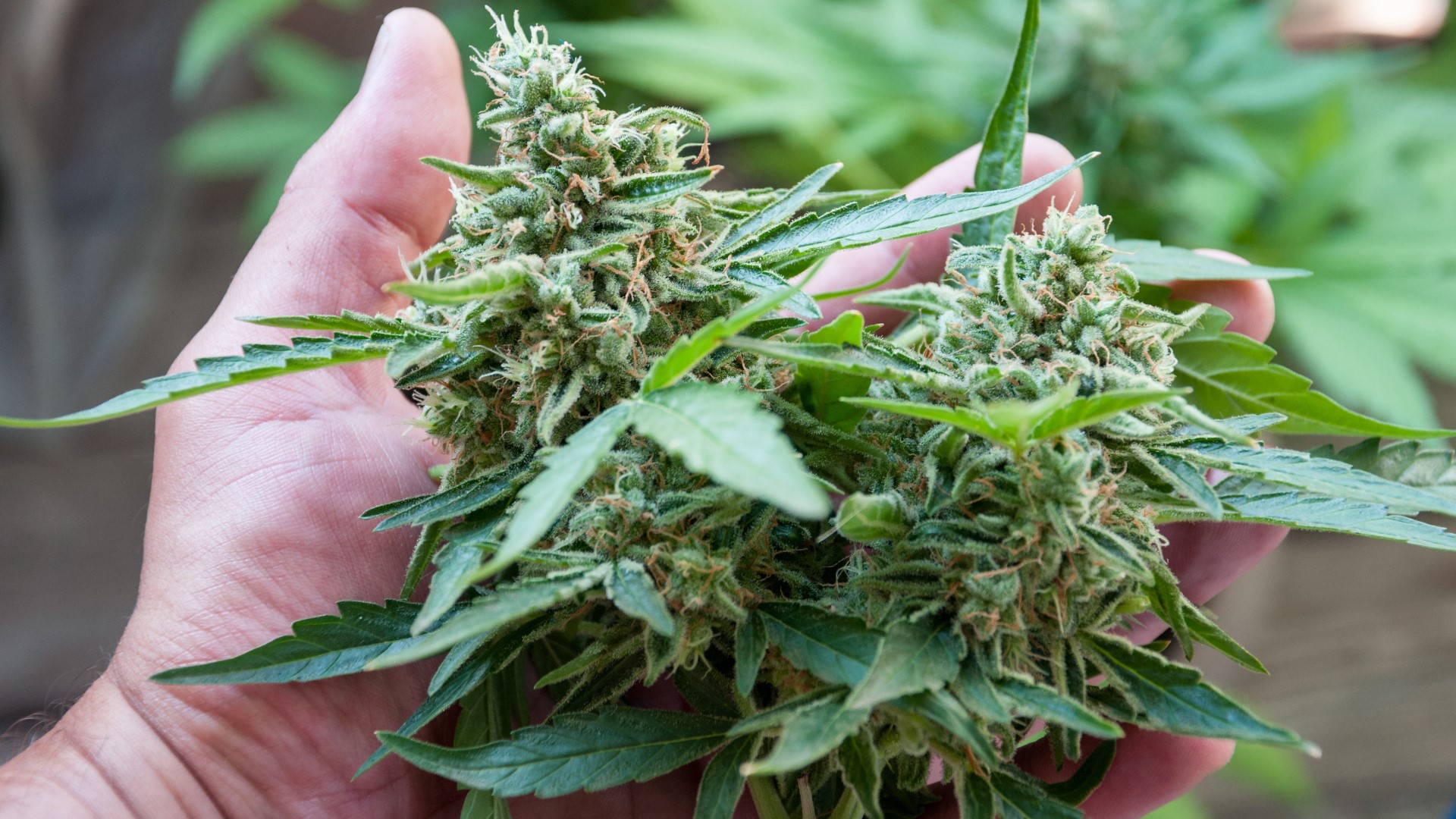RED LION, Pa. — The definition of medical marijuana is about to change.
For the first time ever, the federal government is allowing four new American companies to grow and study cannabis for medical research, with an eventual goal of bring new pharmaceutical drugs to market.
One of those companies is Groff North America, which is based in Red Lion, York County.
Dr. Steve Groff, an orthopedic spine surgeon, founded the company because of his interest in the potential therapeutic benefits of cannabis.
Groff has been wary of medical marijuana programs now legal in 37 states and U.S. territories. He compared using the flowers of the cannabis plant as medicine to using poppy flowers in lieu of opioid medications.
“You don't take that opium poppy and ask a patient to rub it on their lip for morphine. It gets processed, it’s been FDA-approved,” Groff said.
The active ingredients in many modern medicines were originally derived from the natural world. Salicylic acid, the active ingredient in aspirin, was originally derived from willow tree bark. Penicillin was derived from a mold called Penicillium rubens.
Cannabis, however, has not been made into any common medicines, in large part because its federal status as an illegal Schedule 1 drug severely restricts research opportunities.
“We know that the plant has powerful potential medical effects, but it clearly needs more refinement, more research and more data,” Groff said.
While millions of Americans have access to cannabis products that can be used medicinally, Groff sees a future—in just five to 10 years—when patients can take prescription medicines targeted to specific maladies.
His opinion joins a growing chorus of voices.
“Federally legal FDA- and DEA-approved cannabis-based drugs will absolutely upend the traditional pharmaceutical market,” said George Hodgin, CEO of Castroville, Ca.-based Biopharmaceutical Research Company (BRC), another of the companies approved to produce cannabis for research.
“I look forward to a time when they are not considered alternative therapies or home remedies but actually first-line therapies,” said Oludare Odumosu, CEO of Zelira, a company working to approve a cannabis-based insomnia drug, among other medicines, in the American market.
Groff North America announced on Feb. 28 that it had completed its first batch of medical-grade cannabis ready for research and made the first federally legal transfer of domestically cultivated cannabis to the U.S. Drug Enforcement Agency (DEA).
The scientific and medical communities now have greater access to research that could produce medicines safer than smoking or vaping.
“Lighting something on fire and passing it through your lungs is probably not the best way to treat that illness,” Hodgin said.
Researchers hope to someday treat a variety of conditions with cannabis-derived drugs, including cancer, epilepsy, Parkinson’s disease, Tourette syndrome, PTSD, inflammation, pain, anxiety, insomnia, autism and more.
“We could potentially develop north of 11,000 drugs that are cannabinoid-based,” Odumosu said. “Is the future exciting? Absolutely.”

